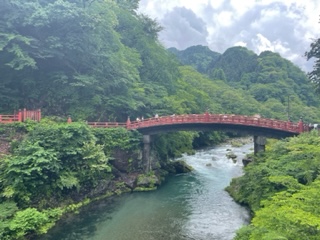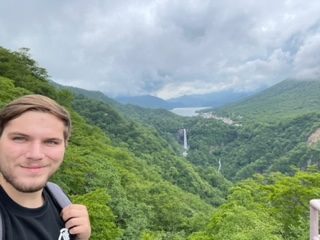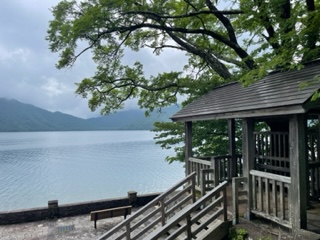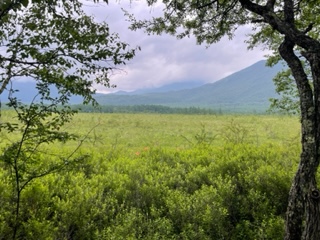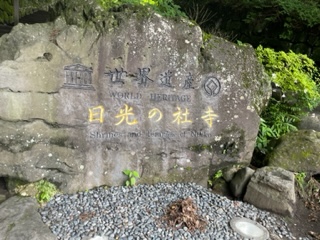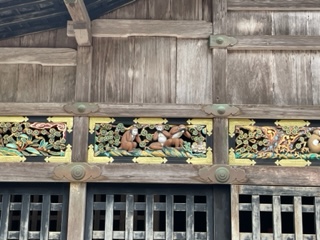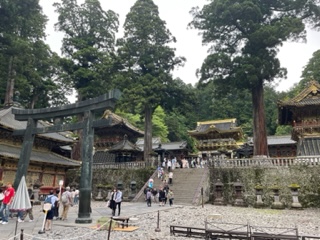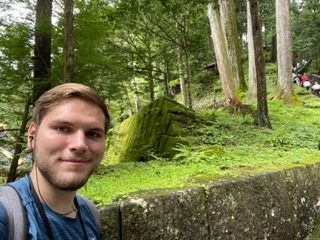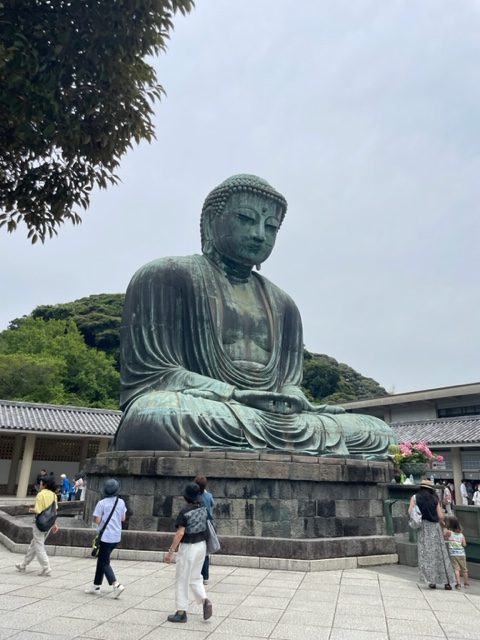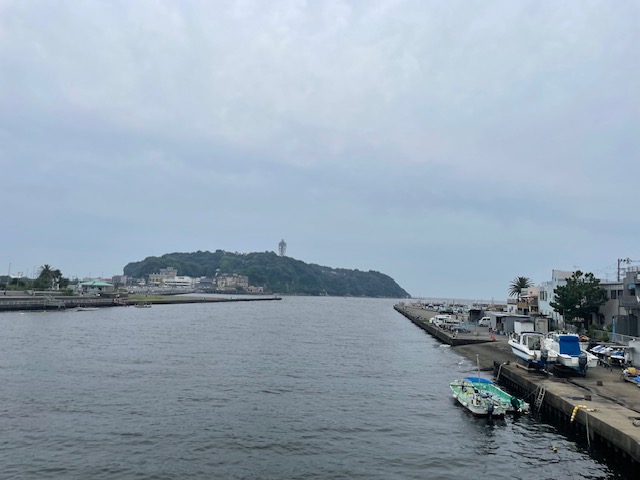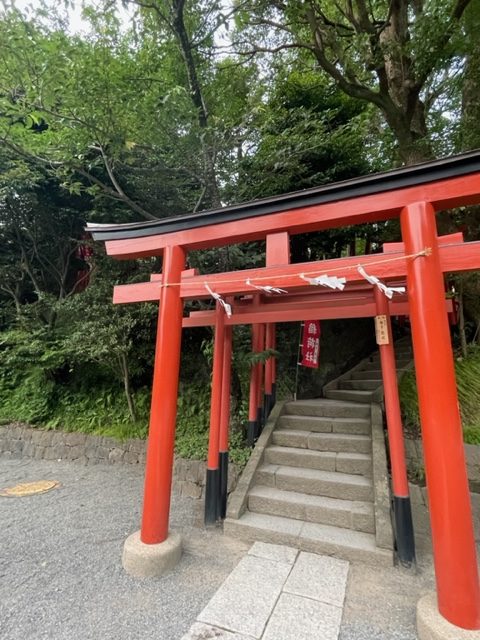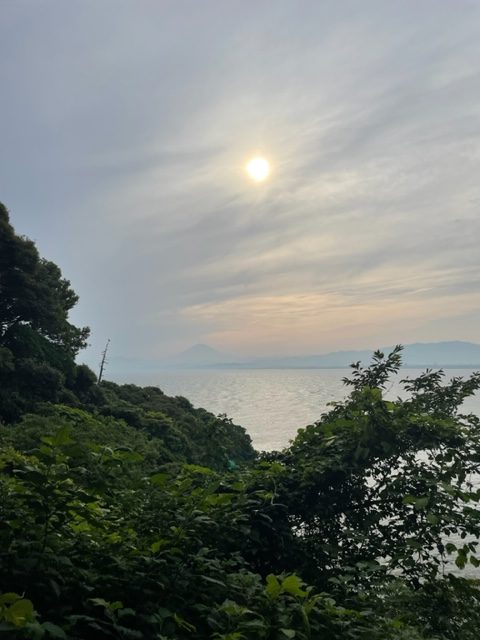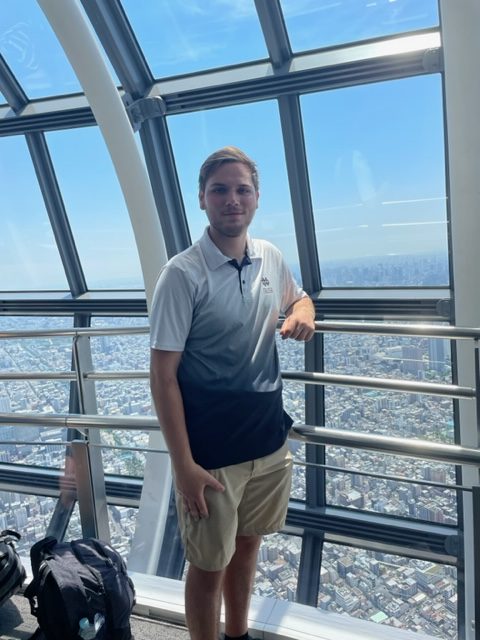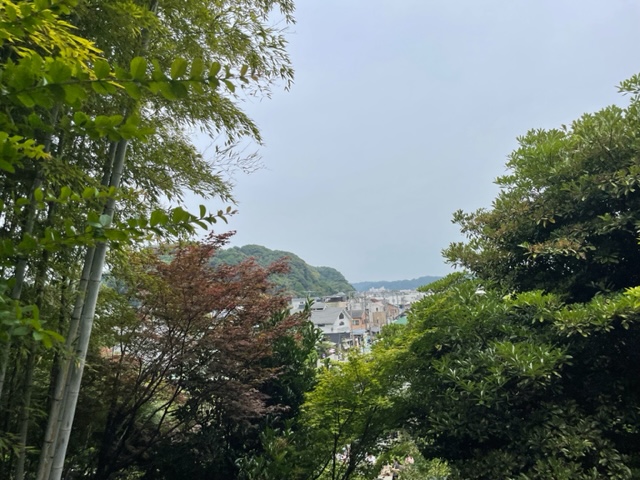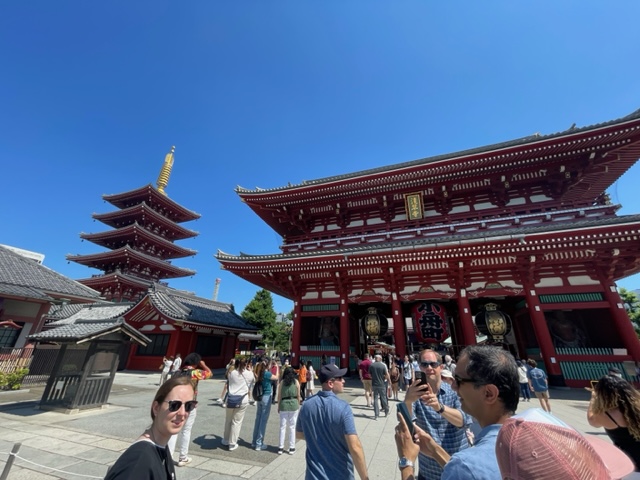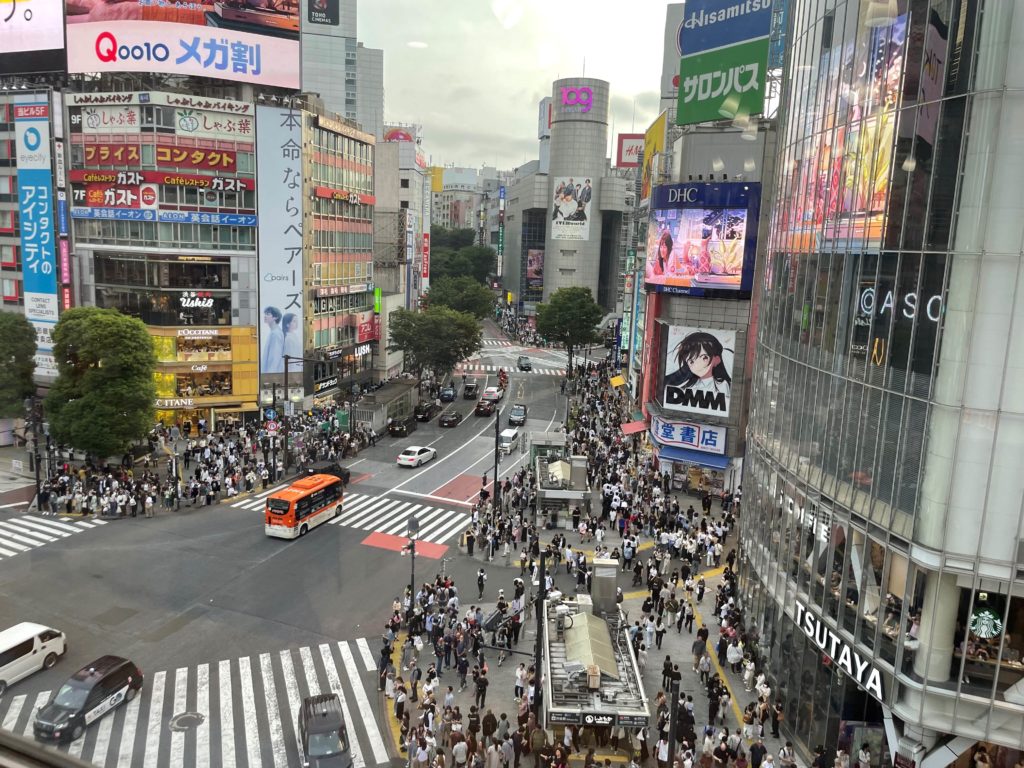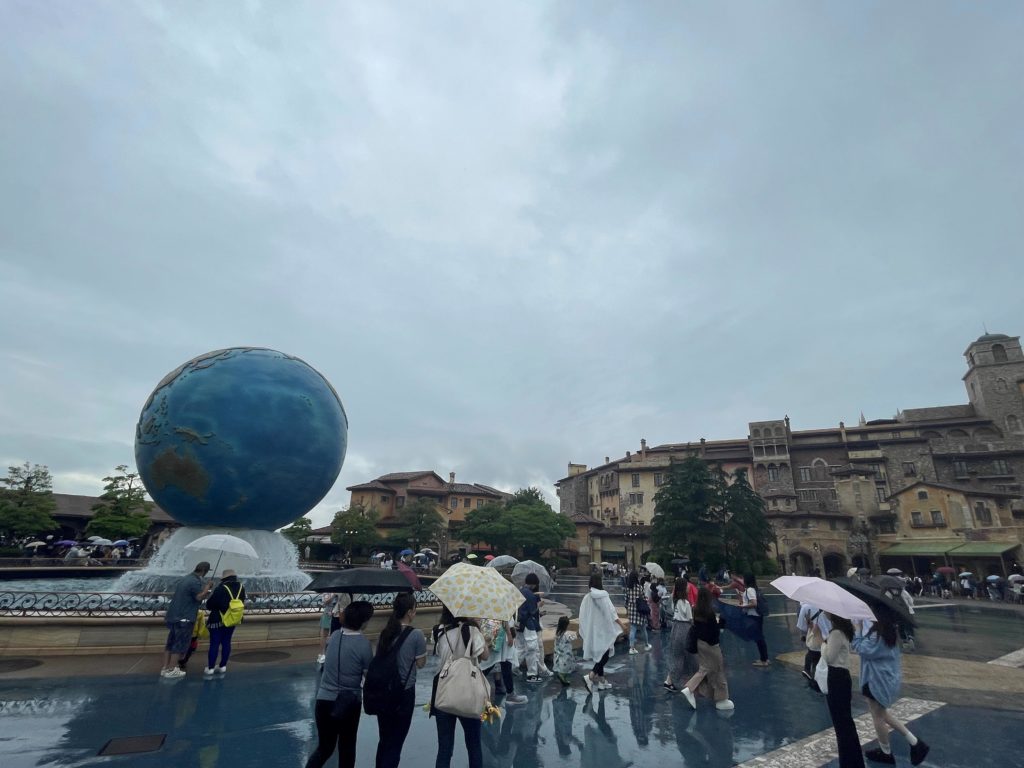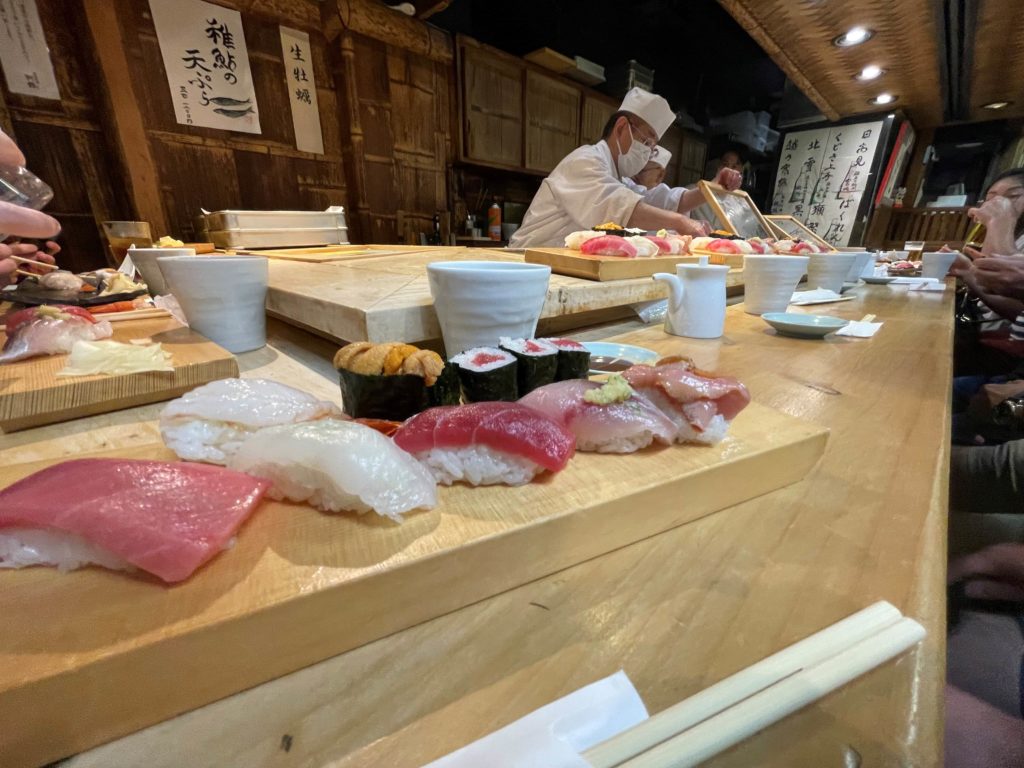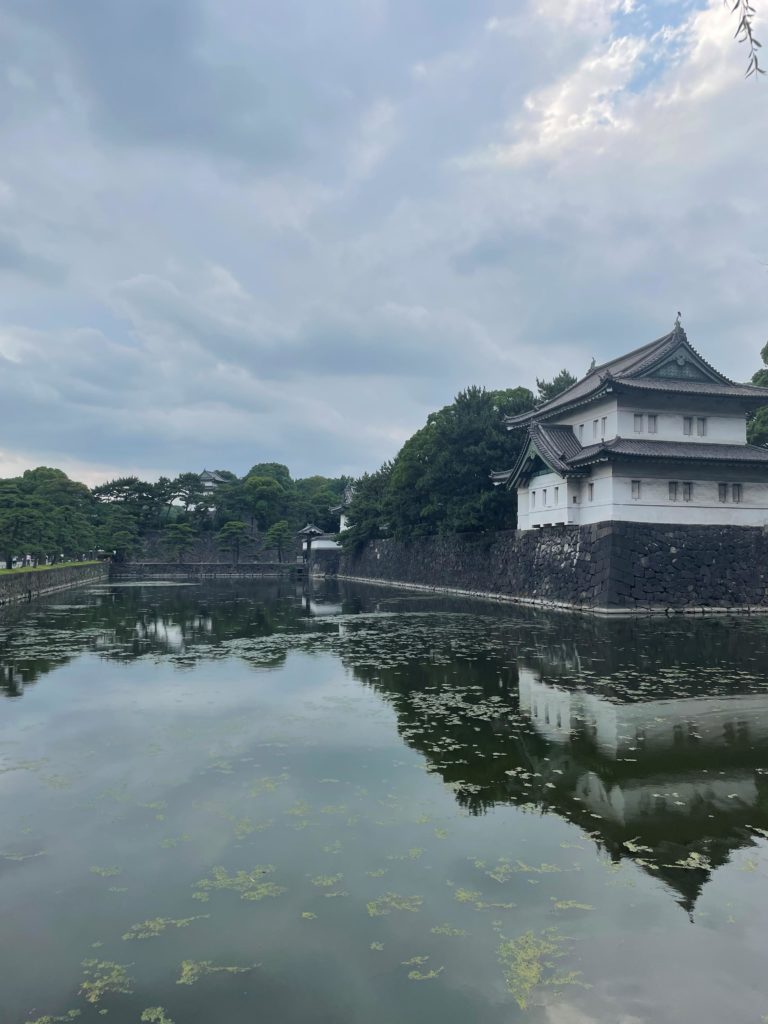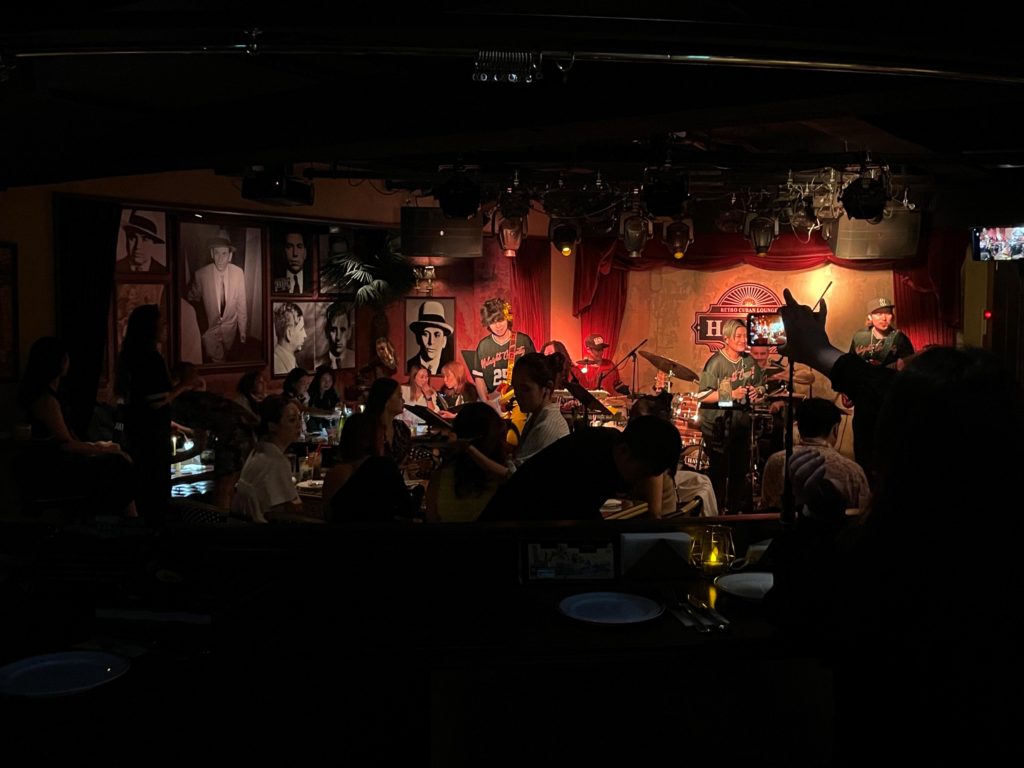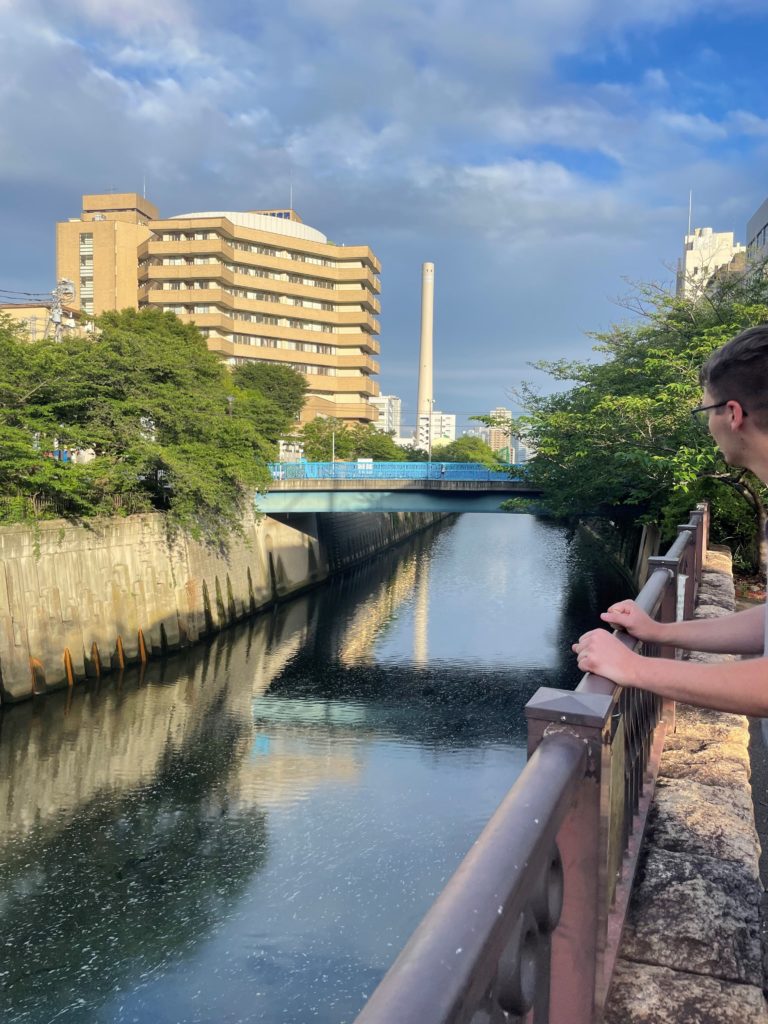Just earlier this week, I arrived back in America after being in Japan for about 40 days. By utilizing every scrap of spare time and doing some independent travel after the end of my internship, I was able to see a fair portion (still not enough, so I will have to return someday) of the country and was able to meet so many great people from all over. With these experiences, both by traveling independently on my own and by interning in the office, I have been able to see so much of the Japanese culture, history, and landscape. With this post, I will be doing a retrospective reflection on some of the cultural elements of Japan.
Decades ago, Geert Hofstede conducted research and composed a theory about the dimensions of national culture, creating a spectrum to evaluate the generalizations of how people in a country tend to behave or think. Some of these include: Collectivism vs. Individualism, Power Distance, Masculinity vs. Femininity, Uncertainty Avoidance, Long-term vs Short-term orientation, and Indulgence vs. Restraint.
Power Distance
Looking back on my experiences, the cultural dimension of “power distance” has the most immediate difference between American culture and Japanese culture. Built within the Japanese language itself, one must acknowledge their own power dynamic with the listener in every instance of speaking. On the one hand, there is the casual speech, “tamego” which should only be used when speaking with those that someone is familiar with or those who can reasonably be deemed your subordinate or social lesser. It inherently implies that you see the listener as an equal and someone with whom you do not need to acknowledge a metaphorical distance. On the other hand, there is the polite speech, “keigo” which is used with strangers, superiors, or your seniors. There are many levels of being polite, with the language used in customer service being one of the higher levels. Therefore, just by relaying the most trivial of things with another person, you implicitly establish what you believe to be the power dynamic between yourself and whom you are speaking to.
For an example of this, my Japanese tutor abroad described to me that when speaking to a stranger at a bar, you will likely begin a conversation in polite language. However, as the evening goes on and you want to bridge the social gap and imply a sense familiarity between the two of you, you may switch to causal speech during the course of the conversation. I also had many conversations with strangers during my time abroad where the topic would come to language, and I often heard the observation that the lack of a clear-cut difference between casual and polite speech in English was fascinating to many Japanese. From the majority of people I spoke to, they actually prefer this as it allows them to be more open and frank without having to worry about social divides and accidentally offending someone.
Another very present element of the power distance is the usage of bowing in Japan. There are many different levels of bowing, from a slight head nod to a sustained 90 degree bow. The level of respect that is to be conferred with a bow is based upon that power dynamic between parties.
One example of this came occurred during my internship where we visited a stock trading. We spoke with the CEO as invited guests, and afterwards we met with one of his right-hand men. Because we were “esteemed guests” and welcomed by his superior, the subordinate was staggeringly polite to us. He rushed through the halls to get the doors for us, pressed the elevator button so we could leave, and held a nearly 90 degree bow until the elevator doors closed. Afterwards, I just felt bad that he had to go through so much effort for us.
Another example that combines both of these facets of power distance in Japan happened as I was walking through the streets of Tokyo with a friend. We went to a few shops and cafes together, and after an encounter with a store promoter on the street corner where I tried to politely say “no thank you” to the promoter’s advertisement, my friend told me that I was being overly polite. As the customer in all of these situations, I was apparently afforded some level of being able to speak plainly. Because I am very cautious of the overseas perception of Americans being loud, obnoxious, and culturally insensitive, I tried to be as polite as possible as often as possible. According to my friend, what I was doing was not wrong, but how polite I was being with doing small bows shop clerks after purchasing, using polite speech with promoters, and asking questions to the waitstaff using indirect language was a bit over-the-top, as I was the one that was supposed to be the higher in the social dynamic in those situations.
Uncertainty Avoidance
Seeing as this post has already gotten fairly long, I will make this one quick. Compared to Americans, the Japanese are much more risk adverse. I saw examples of this primarily within Japanese business. In my internship, I learned about how Japanese companies will often send food or merchandise to shareholders as a gift for owning their stock and as a deterrent to ever selling their stock, even if the companies’ financials start to decline. The companies do this gesture so that they can mitigate the uncertainty that comes with an inherently volatile stock market.
Another example I found after speaking with an American business man with decades of experience in the Japanese economy. At his advice, I looked into the publicly accessible financial statements of major Japanese companies and compared them to American companies. The dividends and payouts to shareholders were lower for Japanese companies, but what was most striking was that Japanese companies had a ridiculously high cash buffer in their financial sheets. In simple terms, this means that Japanese companies are sacrificing making major, possibly risky investments, or giving away greater dividends to possibly attract new investors, and they instead are choosing the status quo and shoring up a safety net to protect against future downturn. According to the man I spoke with, this is almost certainly a result of the Japanese financial crash in the late 20th century. Companies now favor absolute certainty and financial protection so that the company could survive for years of losing money rather than try to take a gamble to grow and become more profitable, something that would assuredly happen in an American company.
These are just two of the 6 mentioned cultural dimensions and the differences that I noted between American and Japanese culture, but I find them to be some of the most easily recognizable differences. I think these two dimensions are also very helpful to understand for understanding Japanese culture as a whole. For example, being able to understand the power distance will allow you to avoid coming off as insensitive and be able to observe relational subtext beyond just the words being said. Understanding uncertainty avoidance can also explain some of the more enigmatic things that someone may come across in Japan. For example, there do exist restaurants and shops in Japan that do not allow foreigners as customers. I actually had this experience in Okinawa when I walked into a bar and was immediately told that they did not serve non-Japanese. I used my most polite Japanese possible and said “No worries, I will go” but still was followed until I left the premises by one of the staff. Before even arriving in Japan, someone once explained the existence of these places to me, and they described their existence as a result of many Japanese being fearful of not knowing much about foreigners. This fear of not being able to communicate, accidently making a faux pas, or the possibility of the foreigner unwittingly being rude makes it so that these shop owners prevent this from ever being a possibility. They want to avoid the uncertainty of these potentially uncomfortable situations before they occur. That’s why I believe that these are important facets of understanding many things within Japanese culture, so that you can read the cultural subtext in these scenarios.

